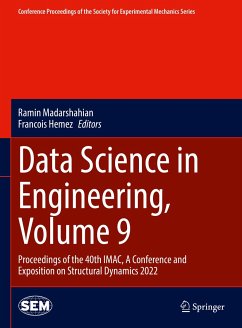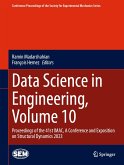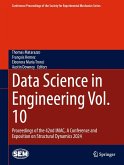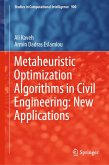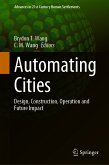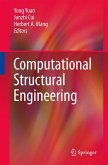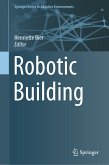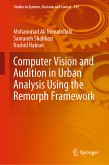- Novel Data-driven Analysis Methods
- Deep Learning Gaussian Process Analysis
- Real-time Video-based Analysis
- Applications to Nonlinear Dynamics and Damage Detection
- High-rate Structural Monitoring and Prognostics
Dieser Download kann aus rechtlichen Gründen nur mit Rechnungsadresse in A, B, BG, CY, CZ, D, DK, EW, E, FIN, F, GR, HR, H, IRL, I, LT, L, LR, M, NL, PL, P, R, S, SLO, SK ausgeliefert werden.

